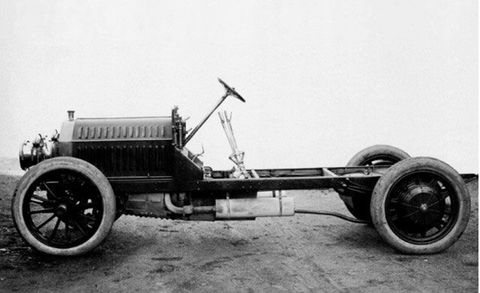Facts about Mercedes-Benz
-The founders of Mercedes - Benz are - Karl Benz, Gottlieb Daimler, Wilhelm Maybach.
-Mercedes - Benz is headquartered in Stuttgart, Germany.
-The Mercedes car was named after the daughter of Austrian businessman Emil Ellinek. His daughter's name was Mercedes Jelinek.
The first Mercedes-Benz introduced the modern automobile to the world

Karl Benz patented his three-wheeled, petrol-powered Motorwagen in 1886, which his wife Bertha Benz proceeded to take on a 120-mile tour through Germany without his knowledge. It was powered by a 954cc single-piston, four-stroke engine that boasted a blistering-for-that-time 0.9 hp.
Mercedes-Benz made a hybrid vehicle in 1906

Early car companies toyed with a mix of electric- and gasoline-powered vehicles before pure petrol-powered engines took over, and Mercedes-Benz’ Mixte model was their first true hybrid. It had a gas engine in front with a dynamo that supplied spark for the two motors in the rear hubs. The Mixte had a claimed top speed of 75 mph.
They were one of the first to stick brakes and suspension on all four wheels
By the summer of 1924, all Mercedes-Benz cars had brakes on all four wheels, helping to solidify the company's commitment to safety. Then, in 1931, they introduced the Mercedes-Benz 170, which had suspension on each corner of the vehicle—leaf springs in the front and an innovative coil spring set-up in the rear.

Comments
Post a Comment